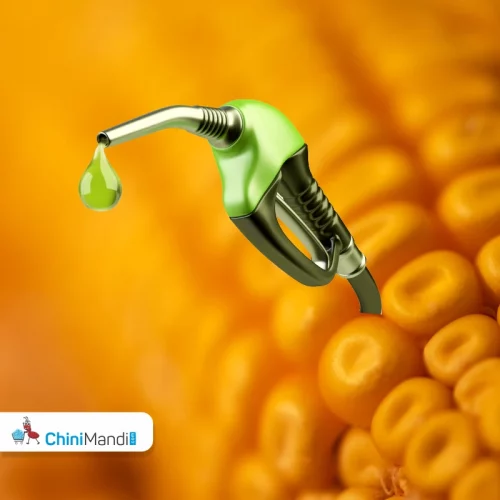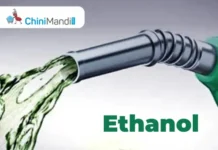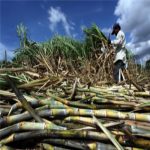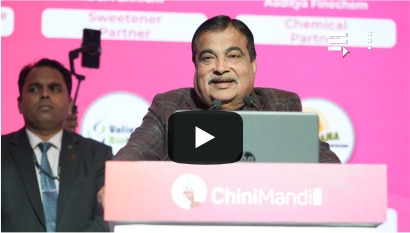With ethanol emerging as a key driver of maize demand in India, policymakers, researchers, and industry leaders gathered at the 11th India Maize Summit to chart a roadmap for transforming the maize sector. Organized by the Federation of Indian Chambers of Commerce and Industry (FICCI) in collaboration with the Indian Institute of Maize Research (IIMR), the summit was inaugurated by Union Minister for Agriculture and Farmers Welfare & Rural Development, Shivraj Singh Chouhan.
Dr H.S. Jat, Director of ICAR-Indian Institute of Maize Research, outlined ambitious productivity goals, stating that maize production must grow at 8-9 per cent annually to achieve 65-70 million tonnes by 2030, supporting India’s ethanol blending target of E30. He highlighted that whilst ethanol currently consumes 18-20 per cent of maize production, the sector requires improved starch content in hybrids to enhance ethanol recovery from the current 38 per cent to 42 per cent. The institute is developing high-yielding varieties capable of 10-11 tonnes per hectare in rabi-spring seasons and 7-8 tonnes in kharif, with enhanced fermentable content of 64-65 per cent. He emphasized that the site specification mechanization is required to achieve the desired goals from seed to seed.
Union Minister Shivraj Singh Chouhan, in his keynote address, reiterated the government’s commitment to farmer-centric policies, declaring that “Farmers’ sewa is our mool mantra.” He emphasized the need for integrated efforts across research, education, and extension to improve productivity, increase farmer incomes, and promote environmentally sustainable practices.
Sunjay Vuppuluri, National Head of Food & Agribusiness Strategic Advisory & Research at YES BANK, presented market analysis showing maize as India’s fastest-growing cereal crop. Over the past decade, acreage expanded by 31 per cent to 12 million hectares, while production surged 75 per cent to exceed 40 million tonnes. However, a critical demand-supply gap is emerging, with consumption growing at an annual rate of 6.7 per cent compared to production growth of 5.8 per cent. Poultry feed remains the most significant consumer at 51 per cent, followed by ethanol at 18 per cent, highlighting the sector’s strategic importance for food and energy security.
Speaking at the summit, Uttar Pradesh Agriculture Minister Surya Pratap Shahi outlined the success of the Uttar Pradesh Accelerated Maize Development Program, a strategic five-year initiative promoting maize as a key crop. Cultivation in the state has expanded to 5.4 lakh hectares across 24 districts, verified through satellite imagery. Yields have reached 34 quintals per hectare, with expectations of crossing 40 quintals this season. The state is also exploring maize-based value addition, including biodegradable materials and fibre alternatives to plastic.
Shahi also emphasized the role of policy support through minimum support price procurement and improved access to quality seed. With 15 companies now engaged in maize processing in Uttar Pradesh, the state is positioning itself as a major hub in India’s maize ecosystem.
Subroto Geed, Co-Chairman of FICCI’s Committee on Agriculture and President – South Asia at Corteva Agriscience, called maize a “national imperative.” He advocated for a stronger push toward productivity through advanced technologies, resilient seed systems, and digital agriculture. “A collaborative ecosystem, where farmers, government, industry, and researchers work together—is essential for building a climate-smart, self-reliant maize economy,” he said.

















